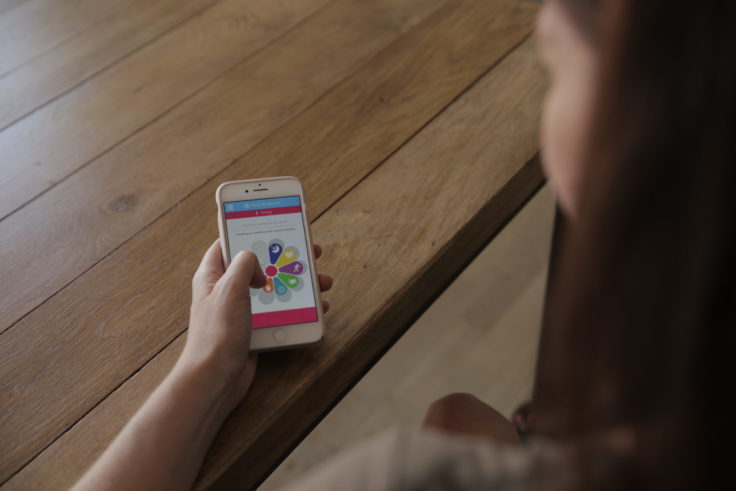
Riding The Technology Wave Into A New Decade
The last decade saw waves of technology transform our daily lives from the way we bank, shop, travel, and relax, to the way we interact socially and professionally. A wave also immersed clinical research with digital technologies transforming the entire research life cycle. I hope the new decade offers the next wave of technological enhancements and innovations. During the ’10s we saw mass adoption of professional-facing tech (EDC, IVRS, eTMF, etc.), I believe the ’20s is the turn for patient-facing tech.
Clinical research is ultimately all about the patient. We need to bring new treatments to market faster while providing a great experience for those patients taking part in research. However, up until now there has not been enough focus on making research truly patient-centric.
So how do I think this is going to change in the decade ahead and particularly the first 12 months of the ’20s?
Firstly, clinical research will start to use the technology sitting in all of our pockets. Studies and trials will leverage the ubiquitous smartphone to enhance existing study designs and power new types of research that haven’t been possible in the past.
This is aptly named the “Bring Your Own Device” (BYOD) approach. Current clinical trial methods force people to use a provisioned device, rather than allowing people to use their own smartphone or tablet. Results show that either approach is equivalent and robust, and many people prefer to use their own device. For some people, learning how to use a new device is an instant barrier (as an iOS user myself I can never get to grips with the Android back button!).
We’ll see an increasing uptake of virtual and digital trials, where people take part in research without having to visit a hospital or site, interacting with the study and researchers via their smart devices. These trials offer opportunities to engage new people in research, to significantly increase the number of participants, and also provide better oversight of people’s daily lives. We all know that travelling to a hospital and having measures taken by a Doctor (typically in a white coat) can affect how we feel and react. Taking those measures in the comfort of our own homes can – in some cases – give a better picture of how we’re actually feeling and coping.
I’m also excited about the opportunity to improve today’s standard research projects. A site-based model continues to be essential with patients visiting hospitals for tests and procedures, and also interacting with study staff. By adding a digital component to these trials, patients gain access to more study information, are more engaged in a trial, and therefore capture more research data to drive new insights.
At uMotif we are looking forward to an exciting 2020 and creating the next wave of technology to help more patients, healthcare professionals, and researchers throughout the next decade.
Bruce Hellman, CEO, uMotif.
